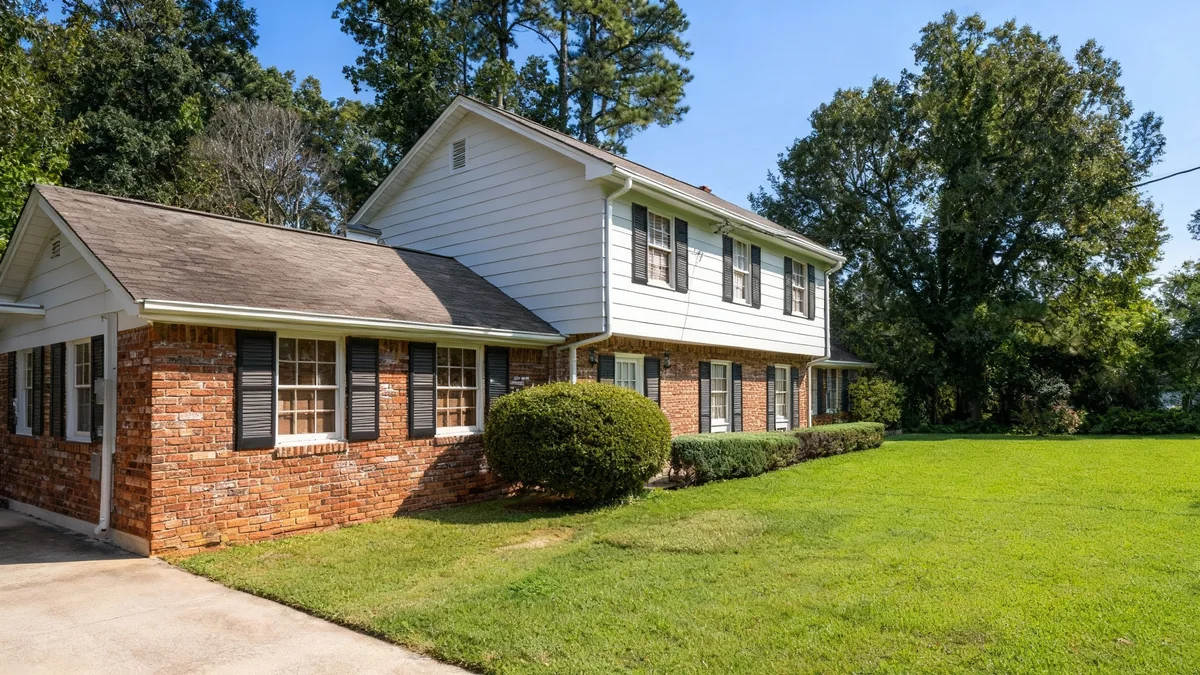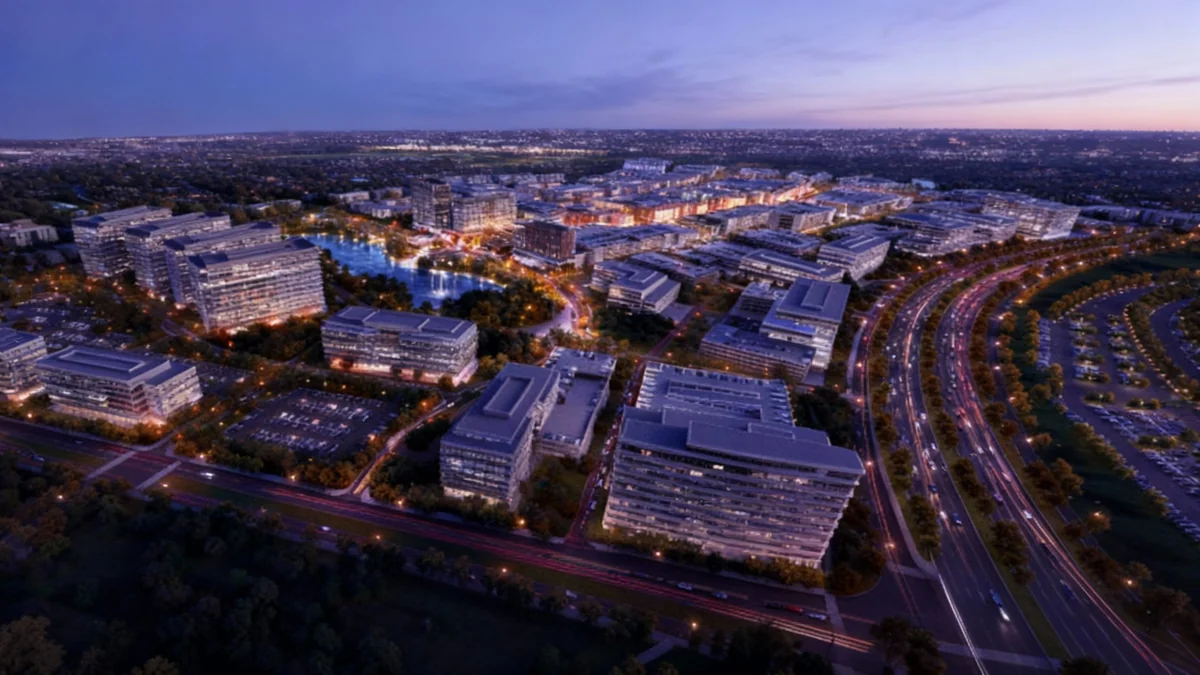Alabama's housing market showed signs of cooling in August, with both home sales and median prices decreasing compared to the previous month and the same period last year. A new report from the Alabama Association of REALTORS® indicates that a surge in available homes for sale is creating more favorable conditions for potential buyers across the state.
The data, released shortly after the Federal Reserve announced an interest rate cut, points to a shift in market dynamics. While sales activity slowed, the total number of homes on the market reached its highest point in five years, offering buyers more choices and negotiating power.
Key Takeaways
- August home sales in Alabama fell 5.6% year-over-year and 1.7% from July.
- The median sales price dropped to $222,811, a 5.4% decrease from the previous year.
- Housing inventory reached a five-year high with 20,803 active listings, a 14.7% increase from last year.
- Alabama's unemployment rate fell to 3.0% in July, bucking the national trend and suggesting a stable state economy.
Sales and Pricing Trends Shift
The latest figures from the Alabama Economic and Real Estate Report detail a noticeable slowdown in the state's housing sector for August. The number of homes sold experienced a decline of 5.6% compared to August of the previous year. A more immediate comparison shows a 1.7% drop from July's sales figures.
Home prices also reflected this cooling trend. The median sales price, which represents the midpoint of all homes sold, was recorded at $222,811. This figure is 5.4% lower than the median price a year ago and shows a 2.6% decrease from the previous month.
Despite the dip in sales and prices, the total value of all homes sold during the month, known as the sold dollar volume, reached $1.69 billion. This marks a 6.3% increase year-over-year, although it represents a 3.4% decrease from July.
Improved Affordability
The combination of lower median home prices and recent mortgage rate reductions has a direct impact on buyer affordability. A home purchased in August with a 30-year mortgage would have a monthly payment approximately $155 lower than a home purchased just two months earlier in June.
Inventory Swells to Five-Year Peak
One of the most significant developments in the Alabama housing market is the continued rise in housing inventory. For the seventh consecutive month, the number of active listings has increased, providing a much wider selection for prospective buyers.
In August, there were 20,803 homes available for sale across the state. This is a substantial 14.7% increase from the 18,136 homes listed in August of the prior year and marks the highest level of inventory seen in five years.
What a Buyer's Market Means
A buyer's market occurs when the supply of homes for sale exceeds the demand from buyers. This situation, driven by high inventory, typically leads to lower prices, more options for buyers, and sellers being more willing to negotiate on price and terms. It contrasts with a seller's market, where high demand and low inventory drive prices up.
The increased supply is also affecting how long properties stay on the market. The average home in Alabama remained listed for 67 days in August. This is eight days longer than the same time last year, an 18% increase, and one day longer than in July.
Economic Indicators Offer Mixed Signals
The shifts in the housing market are occurring alongside broader economic changes. According to Evan Moore, an economist with Alabama REALTORS®, the national labor market was a key factor in the Federal Reserve's decision to cut interest rates. However, Alabama's local economy appears to be on a different trajectory.
“The softening labor market is a primary reason for the Fed’s interest rate cut, but while unemployment rose nationally, Alabama’s unemployment fell in July, which offers continuing evidence of a stable state economy,” Moore stated. “When you combine recent declines in average mortgage rates with high inventory across the state, the housing market in Alabama favors buyers.”
State Labor Market Shows Strength
Alabama's labor market has demonstrated resilience. The state's unemployment rate in July was 3.0%, marking the second consecutive month of decline after holding steady at 3.3% for nine months. This rate remains well below the national unemployment rate of 4.2%.
However, the state's labor force participation rate, which measures the share of the population that is either working or actively looking for work, saw a slight dip. It fell by 0.1% to 57.9% in July, continuing to trail the national figure of 62.2%.
Several sectors in Alabama have contributed to job growth. According to recent data, the leading areas for new employment since June include:
- Education & Health Services: Added 1,600 jobs
- Professional & Business Services: Added 1,200 jobs
- Government: Added 400 jobs
These employment trends suggest that while the housing market is adjusting, the underlying state economy maintains a foundation of stability, which could support market activity in the months ahead.





